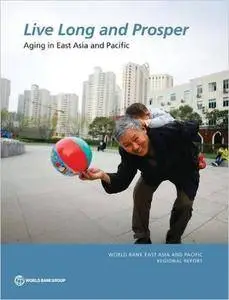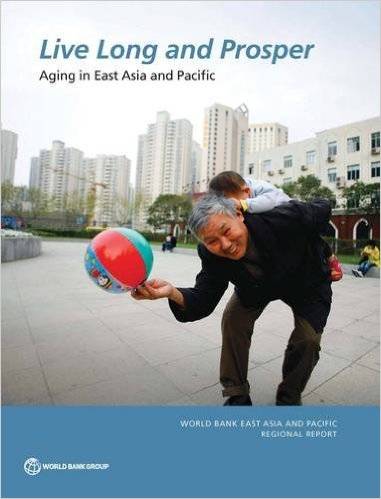Live Long and Prosper: Aging in East Asia and Pacific (World Bank East Asia and Pacific Regional Report) by World Bank
English | Dec. 10, 2015 | ISBN: 1464804699 | 287 Pages | PDF | 3 MB
English | Dec. 10, 2015 | ISBN: 1464804699 | 287 Pages | PDF | 3 MB
Aging is a challenge which countries in East Asia and Pacific (EAP) regions are grappling with or will soon confront. It raises many questions for policymakers ranging from potential macroeconomic impacts, to fiscal challenges of supporting pension, health and long-term care systems, and labor market implications as countries seek to promote productive aging. The urgency of the aging challenge varies across the region, but it will confront all EAP countries in time and early preparation is essential to avoid the missteps of other regions.
Live Long and Prosper discusses the societal and public policy challenges and reform options for EAP countries as they address aging. It aims to strike a balance between aging optimists and pessimists. On the one hand, the impacts of aging on growth, labor markets and public spending are not the unavoidable catastrophe often feared. However, minimizing the downside risks of aging and ensuring healthy and productive aging will require proactive public policy, political leadership, and new mindsets across society.
The report reviews the evidence on demographic transition in EAP and its potential macroeconomic impact. It addresses the current policy environment including pensions and social security, health, and long-term care and labor markets to assess the risks of 'business as usual'. It also suggests policy directions to promote healthy and productive aging in EAP, and emphasizes that aging is not just about older people, but requires policy and behavioral change across the life cycle.



